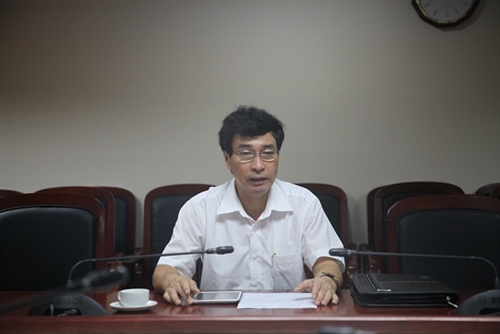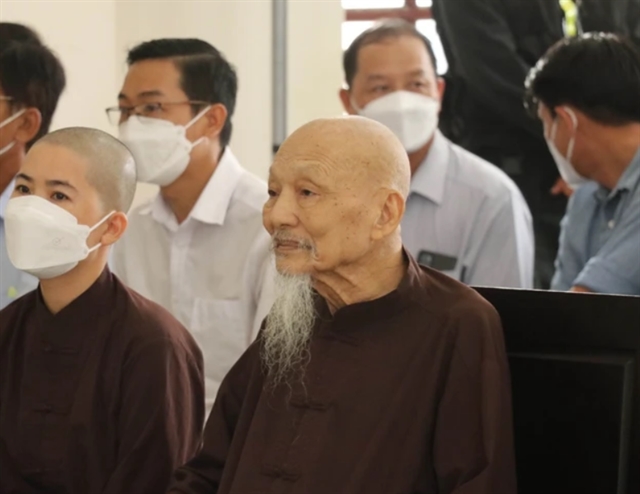 Opinion
Opinion

Trần Việt Hùng, former deputy head of the Central Highlands Steering Committee on Forest Management, Protection Development, spoke to Việt Nam News Agency about obstacles in forest management.
 |
| Trần Việt Hùng |
Trần Việt Hùng, former deputy head of the Central Highlands Steering Committee on Forest Management, Protection Development, spoke to Việt Nam News Agency about forest management.
What is the current status of the forest land in the Central Highlands?
The Central Highlands comprises five provinces, Đắk Lắk, Gia Lai, Kon tum, Đắk Nông and Lâm Đồng. After 30 years of renewal, the Central Highland region has made much progress in its socio-economic development and the local people’s living conditions have improved considerably.
However, there remain many challenges on the path of development, including the task of forest management, protection and development of local authorities.
From 2010-2014, the forest area was reduced 307,000 ha while its coverage reduced from 51.9 percent to 45.8 percent.
Under the current plan, the Central Highland has allocated about 3.4 million hectares for forestry development, of which more than 2.56 million hectares is forest.
One reason for the loss of forest land is the conversion of forest land into production land, particularly the conversion of more than 72,000 ha of poor forest to plant rubber.
What are the most challenging tasks in the protection and development of the Central Highlands forest?
The current forest management model is not sustainable. In that model, almost all responsibility is shifted on forest owners while their beneficiaries, including monthly salaries, rights and responsibility are meager. This policy has seriously affected their performance.
What should we do to restore and develop forests in a sustainable manner from 2016 – 2020?
By 2020, we aim to have 2.71 million ha of forest land and raise forest coverage to 49.8 percent.
If these two targets are met, I’m confident that they will contribute to the region’s socio-economic development, to the conservation of bio-diversity, improving locals’ livelihoods and maintaining the Central Highland’s defense and security.
To achieve these goals, it is necessary to conduct an inventory of all forests in the region. The next step is to formulate plans on forest protection, restoration and development. This task must be completed in 2017. There will remain three types of forest: special use forest, protective forest and production forest or the natural forest.
Following the forest inventory, Chairpersons of the People’s Committees of the five provinces will then assign specific tasks for their subordinates in districts, communes and forest owners in forest protection.
All five provinces have re-organised forest enterprises, including wood processing plants in accordance with the government’s master plan. Everything they do is geared toward solving the dispute between forest destruction and forest protection and development._VNS









